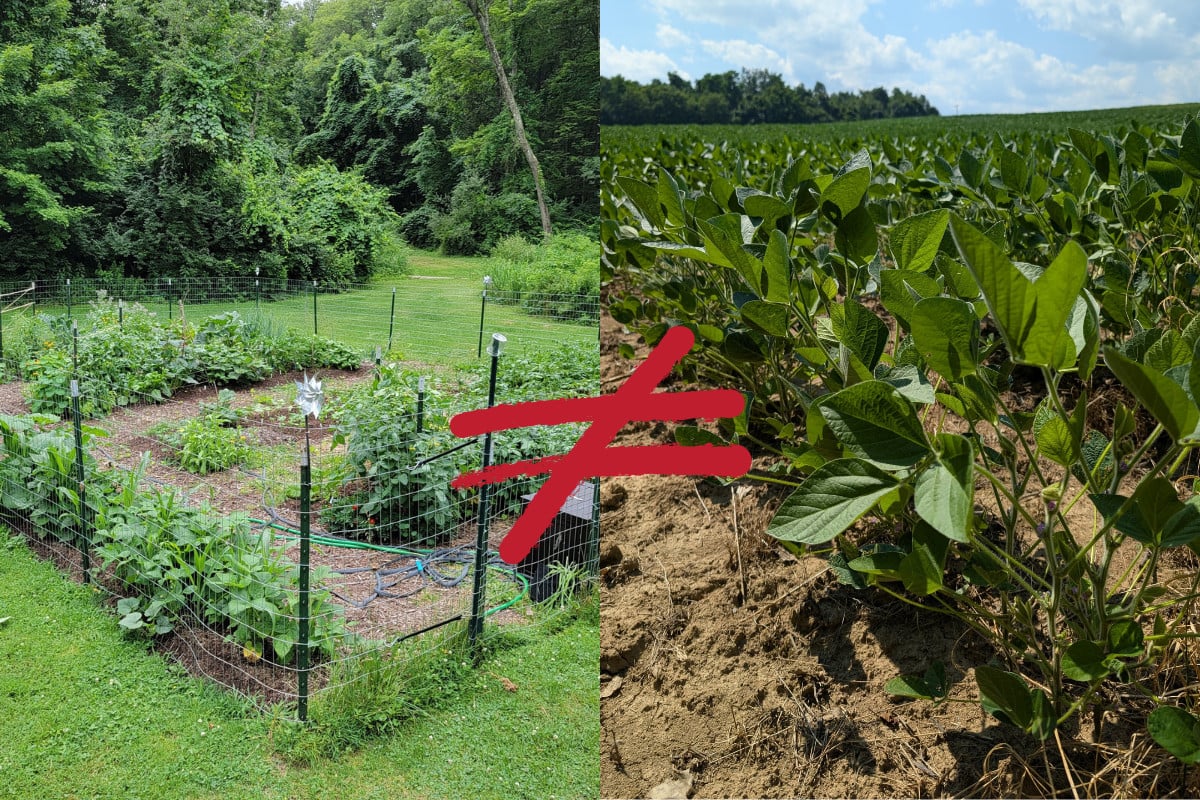
Crop rotation is the practice of rotating the types of vegetables you grow in a given section of your garden each year. The idea behind it is to reduce the pest load, prevent the spread of plant diseases, and allow the soil to recover its nutrients after growing heavy-feeding crops.
Whether you’ve been gardening for a year or a hundred years, I’ll bet you’ve stumbled across one source or another telling you to rotate your crops. If you don’t? Doom and gloom and apocalyptic plagues and diseases will befall your garden!
But for most home gardeners, it’s a complete waste of time.
Now, I can already see the light of the torches glinting off the pitchforks in the distance. Before you get your hackles up, let’s take a look at the origins of this practice and how it ended up as common home gardening advice.
Why I Stopped Rotating My Crops
Each year, when I sat down to plan my garden, there would invariably come a point where I was ready to crumple up my neatly graphed plan and quit gardening altogether.
How do I move everything so that nothing is planted where it was last season, and so it’s in the right rotational order in such a small space?
I can’t plant the tomatoes there, as the eggplants were there last year, and they’re both in the nightshade family. I need to plant some sort of legume there, but then, where do I put the cabbages?
What a headache!
One year, I called my dad and asked him why he rotated his crops for all those years. (My dad was an off-grid homesteader for many years. If Mr. Rodale approved of it, Dad approved of it.) He couldn’t really give me more than the canned response that comes with all advice to rotate crops. Pests! Disease! Nutrients!
So, I did what I always do when something annoys the crap out of me and I can’t get a straight answer. I started digging. (Through information, not my garden.)
I researched what crop rotation is supposed to accomplish. I searched for its origins and how it is traditionally used.
And I was surprised by what I found.
Why Are We Supposed to Rotate Crops?
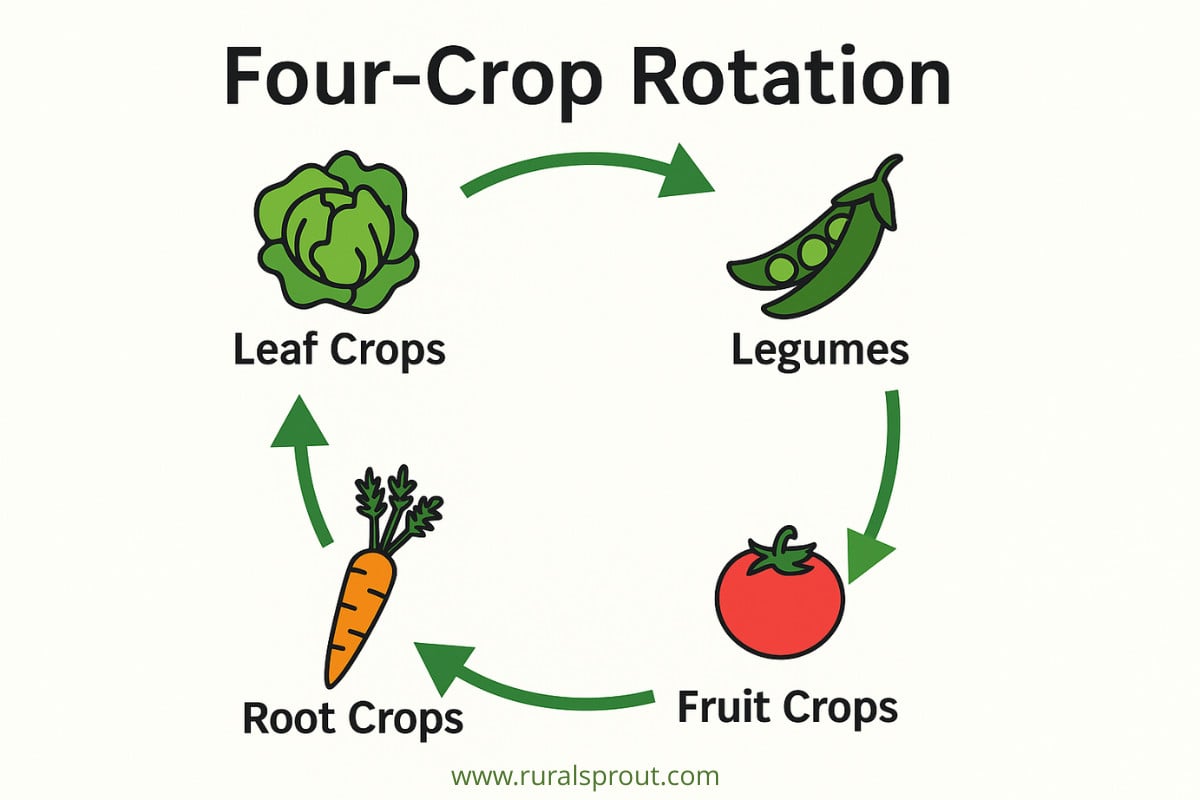
Crop rotation is designed to enhance overall soil fertility, as well as suppress pests and diseases. When you grow the same crop in large areas, it’s called monocropping. That huge field of corn you pass on your way to work each day? Monocropping.
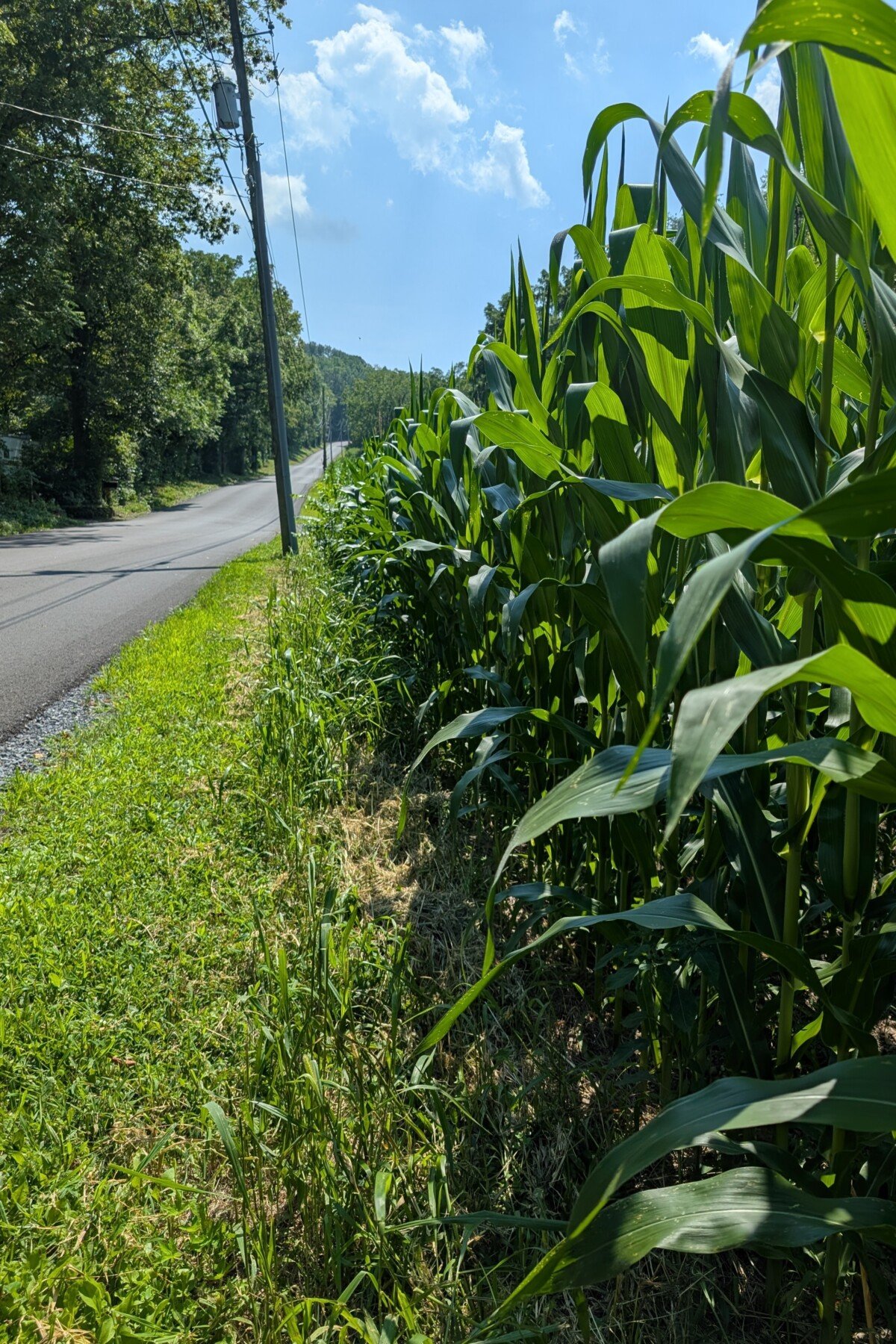
That’s how commercial farming works. They grow a single crop in each field. That crop uses a specific combination of nutrients from the soil to grow. If those nutrients aren’t replaced, then it makes it harder to grow that crop in that field next year.
If you keep growing the same crop in the same field over the years, soil health plummets, as we now see happening in commercial farming.
By monocropping in the same space, you’re also dealing with the same variety of pests each year, as most winter over in the soil. Again, using corn as our example, you get mainly corn pests in that field that winter over each year.
The same goes for plant diseases, most of which are harbored as fungal spores or bacteria in the soil. Once a field is infected, it’s hard to get rid of that disease, and it spreads easily.
But by changing what crop you grow in each field each year (rotating), you are disrupting pest cycles and disease. You also have the opportunity to replenish nutrients in the soil by planting legumes (nitrogen fixers) or by allowing the soil to rest and remain fallow (unplanted) for a season.
Crop rotation makes perfect sense for large-scale farming.

But even crop rotation has its limits. Commercial farming needs to change how it treats the soil, or we will have a hard time feeding the people on this planet within a generation or two.
But here’s the thing I learned about crop rotation. It was never meant for home gardening.
Wait, Tracey, what do you mean crop rotation wasn’t meant for home gardening?
As early as 6000 BC, farmers figured out that alternating crops between legumes (those nitrogen fixers!) and grains in each field made for more productive soil and better harvests. There was also a three-field system, where the third field would remain fallow for a season.
In Belgium, in the late 1600s, the four-field rotation system, commonly used today, was developed.
Yep, crop rotation has been around for millennia, so it must work, right? Yes, it does!
However, did you notice one important descriptor that was used repeatedly in the previous section? Field.
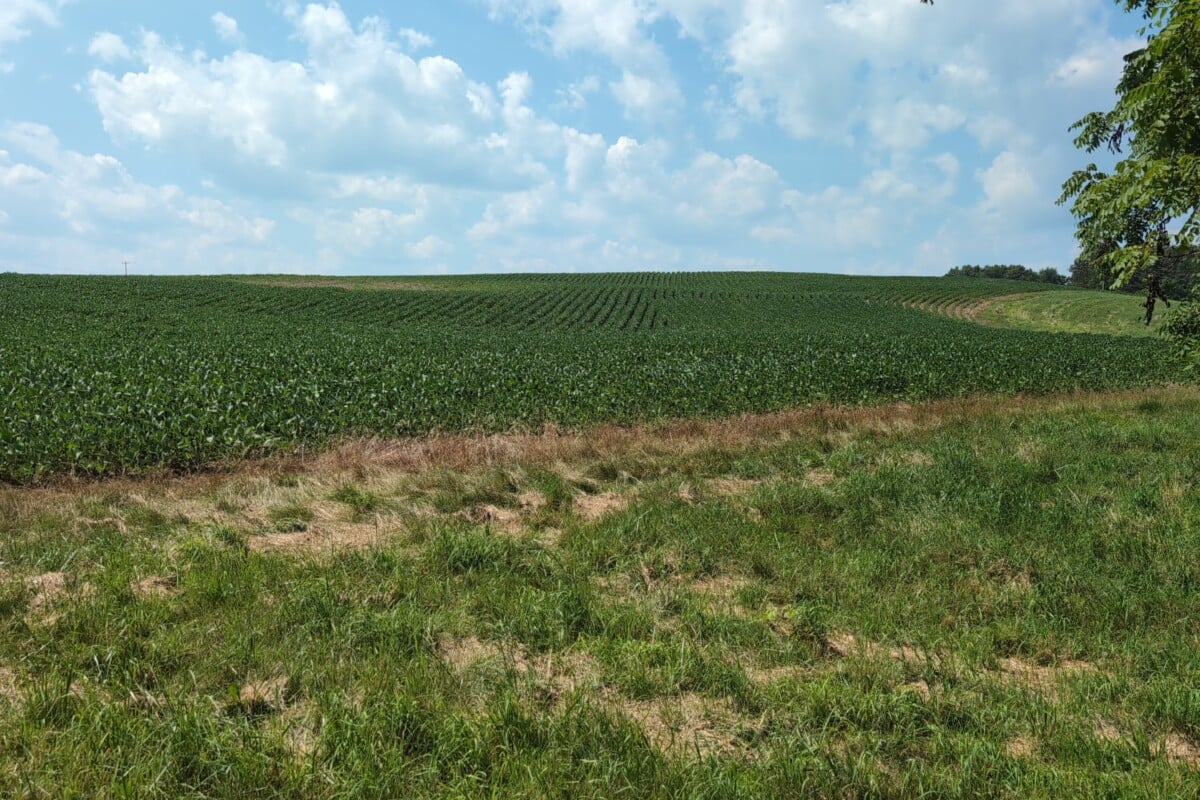
Not a vegetable patch, but an entire field. Actually, two to four of them. We’re talking acres or hectares, not feet.
From its inception, crop rotation has always been used for farming mono-crops on large swaths of land meant to feed an entire population, and it’s an absolute necessity in commercial farming today.
How Did Crop Rotation Move into Our Backyards?
Simple. War.
During and after World War II, as home vegetable gardening surged through Victory Gardens and the self-sufficiency movement, advice from commercial farming began filtering down into backyard plots.
It makes sense when you think of the mentality of the time. War brought new technological advances. Science was booming. Big ideas meant for large-scale production started trickling down to us, little guys, beyond the manufacturing facilities and commercial farms.
By the 1940s and 1950s, crop rotation began to appear in USDA gardening pamphlets, county extension bulletins, and publications such as Organic Gardening magazine.
But here’s the thing: this advice was passed on to backyard gardeners as an “agricultural best practice” without applying any tailored research to see if it worked on a smaller scale.
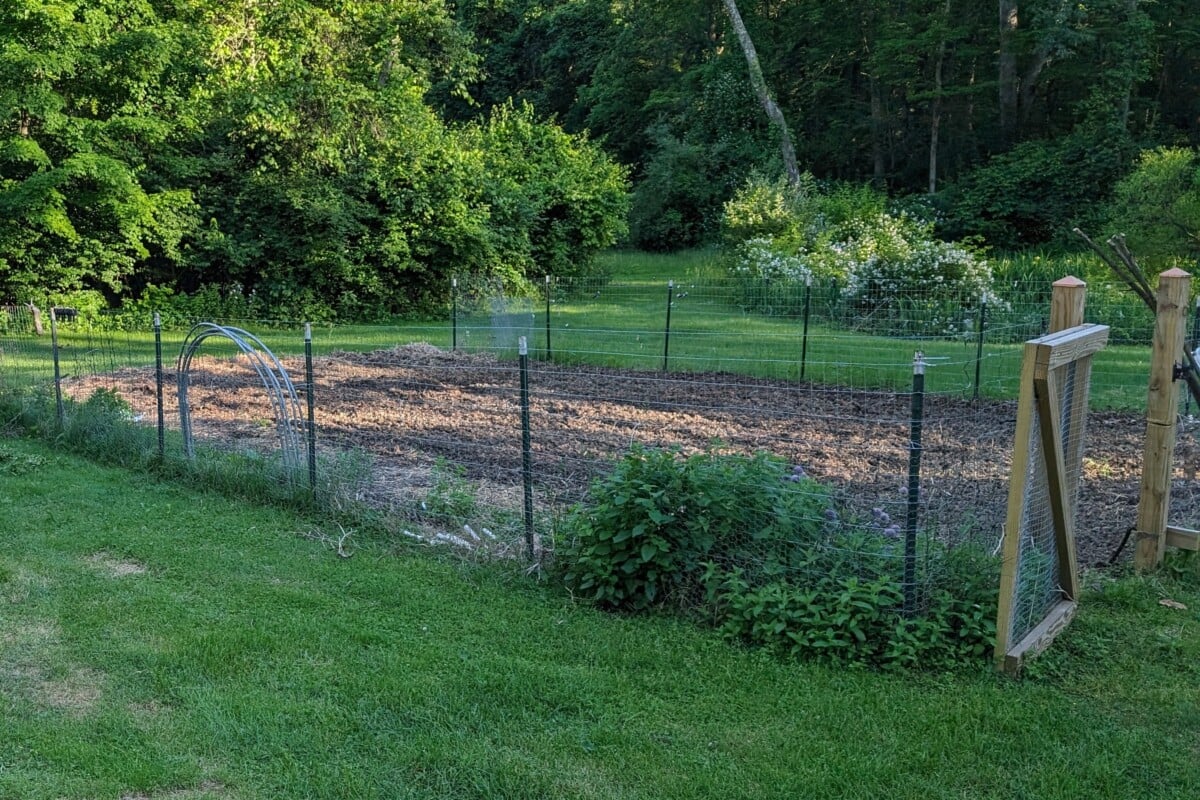
No one thought to ask whether rotating your tomatoes from one end of a 36’x12’ plot to the other end was meaningfully disrupting disease cycles or insect life. Scientific studies on crop rotation are generally conducted for their application in commercial farming.
The message was clear: if it works for large-scale farmers, it will work for home gardeners, too.
But when it comes to rotating crops…
Size Matters
Even without scientific studies, it doesn’t take more than simple common sense to see why crop rotation in your garden doesn’t make sense. Let’s examine what crop rotation is intended to address, but through the lens of a home gardener.
Monocropping

These two are not the same.
For starters, we aren’t growing a monocrop. As home gardeners, we aren’t covering acres of land with a single crop. We’re growing numerous vegetables in a matter of a couple of hundred square feet or less.
Replacing Nutrients
Show me a single home gardener who doesn’t have at least one container of fertilizer in their garage. It’s rare to meet a gardener who doesn’t have a whole collection! (Here’s my favorite fertilizer for tomatoes.) In fact, the majority of gardeners are a little too good at replacing lost nutrients in our soil. We usually need to lay off the fertilizer, not the other way around.
And then there’s our obsession with compost. Most of us compost in our backyards or purchase compost each year.
But What About Pests and Disease?
Look, I’m going to come right out and say it – rotating crops in a small home garden does diddly squat for pests.
You think a creature with wings can’t find its way from one end of your garden to another? We’re talking feet, not acres. I spent five years moving my kale all over my garden, and the cabbageworms always managed to find it. The same goes for the squash borers, aphids, flea beetles, Colorado potato beetles, tomato hornworms, etc. Have you ever had a season where you were dealing with a single pest? Probably not because you’re not monocropping.
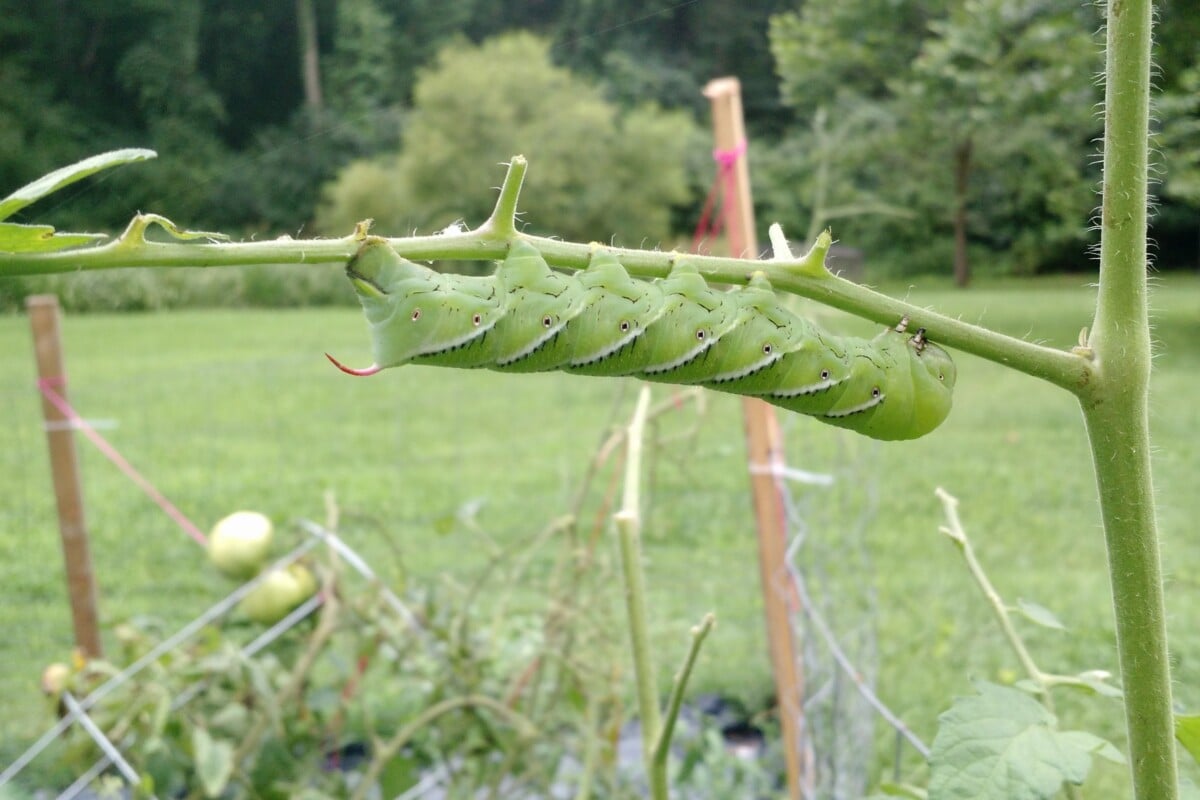
Yup, even these guys figured out where the tomatoes were in my garden.
Plant diseases move via spores and bacteria, and like the pests, they have no problem moving around your garden via wind and rain-splashed soil. Not to mention bad gardening hygiene habits.
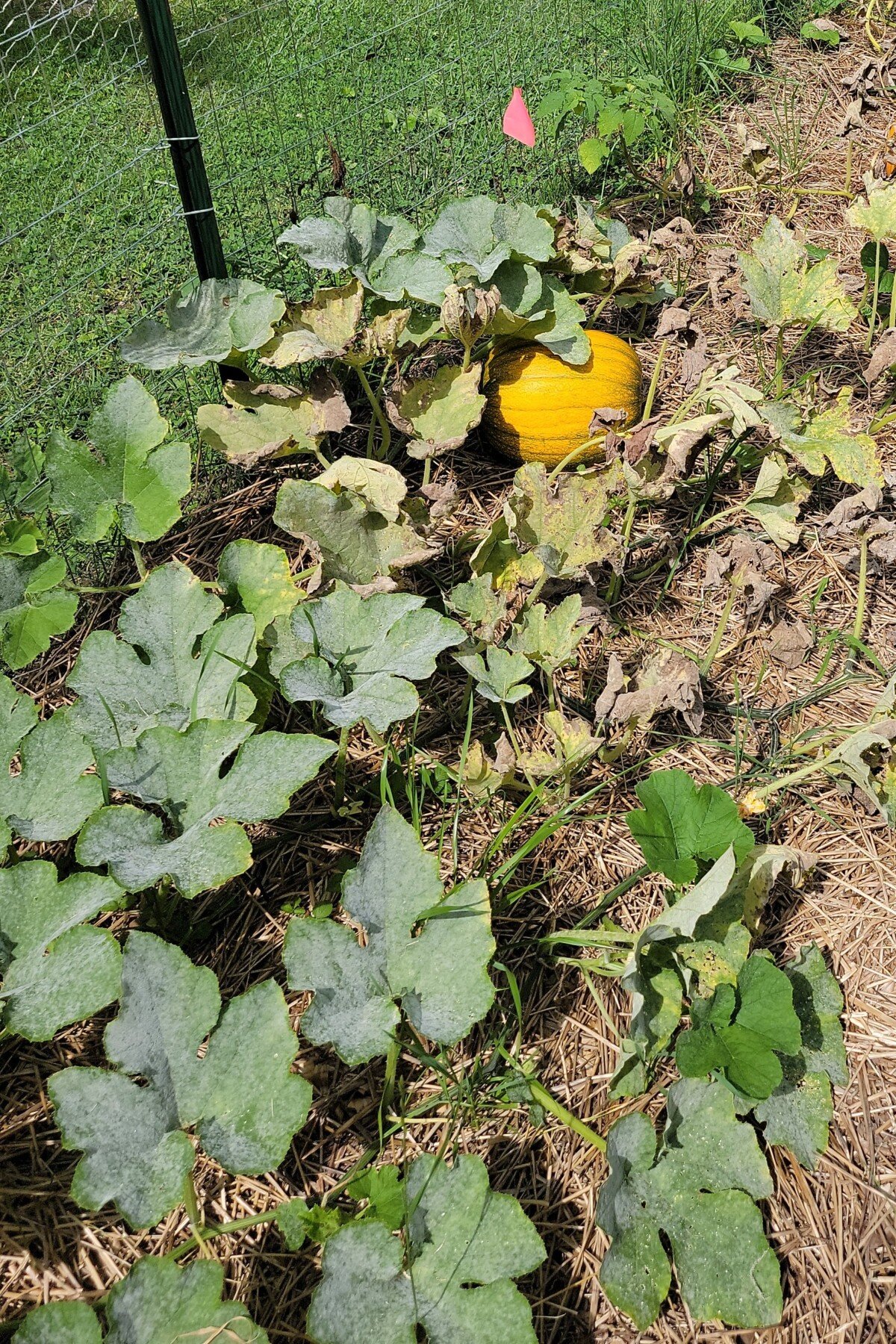
Powdery mildew doesn’t seem to care if you rotate your crops or not.
What to Do Instead of Crop Rotation
As home gardeners, we have much easier methods of improving and maintaining healthy soil than Big Ag does.
- Get your soil tested. It’s helpful to know if you have nutrient deficiencies before adding a lot of fertilizer. You’ll also learn about your soil pH, and with some tests, if there are soil-borne pathogens in your soil.
- Inspect your garden. Take a weekly walk through your garden with the sole purpose of looking for pest or disease damage. Don’t worry about weeding or picking produce. You’ll catch problems early, when they’re still easy to manage.
- Dispose of Diseased Plants & Parts. While inspecting, snip off and remove any damaged or diseased plant material. This will stop it from spreading. Dispose of in the garbage, never compost.
- Pests. Pests are much easier to manage in a small garden as opposed to a monocropped field. (Even if it doesn’t always feel that way.) One of the best ways to manage garden pests is by encouraging predatory insects. They do the work for you.
- Add Organic Matter. In the fall and spring, work compost, leaf mold, worm castings or all three into the soil. This way, you’re continuously improving the soil.
And that’s that. I’m sure most of this is stuff you already do. But that’s kind of the point – we home gardeners are already doing the things that improve our soil, which makes crop rotation moot.
The post Why Home Gardeners Should Stop Using Crop Rotation appeared first on Rural Sprout.
